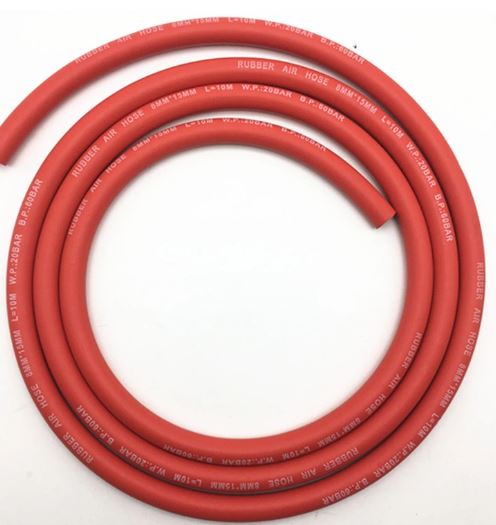Comparing Braided Hoses and Standard Hoses for Performance and Durability
Braided Hose vs. Standard Hose An In-Depth Comparison
When it comes to selecting the right hose for industrial, automotive, or home applications, two popular options frequently come into play braided hoses and standard hoses. Each of these hoses offers distinct advantages and disadvantages that cater to different uses and environments. Understanding the differences between braided and standard hoses is essential for making an informed choice.
What is a Standard Hose?
Standard hoses, often constructed from materials such as rubber or PVC, are versatile and commonly used across a variety of applications. They are lightweight, flexible, and typically designed to handle water and low-pressure applications. Standard hoses can be found in garden watering systems, vacuum systems, and even in some industrial applications for transporting gases and liquids.
One of the most notable characteristics of standard hoses is their affordability. They are generally less expensive than braided hoses, making them an appealing choice for those on a budget. However, their construction limits their durability and pressure tolerance, often making them more susceptible to wear and tear, especially when used in high-pressure situations.
What is a Braided Hose?
Braided hoses, on the other hand, are engineered with a more complex structure. They consist of an inner lining made from various types of materials, often rubber or thermoplastic, and are reinforced with a braided layer of fibers, typically made of stainless steel or synthetic materials. This construction provides enhanced strength, pressure tolerance, and durability.
Braided hoses are mostly employed in situations that require higher pressure ratings and increased resistance to environmental factors. Common applications include hydraulic systems in machinery, automotive fuel lines, and high-performance plumbing. The reinforcing braid not only enhances the hose’s ability to withstand internal pressures but also protects it against punctures and abrasion.
Key Differences Between Braided and Standard Hoses
braided hose vs standard hose

1. Durability and Strength One of the primary advantages of braided hoses is their superior durability. The braided reinforcement allows them to handle significant pressure levels, making them ideal for industrial settings and high-pressure applications. In contrast, standard hoses may degrade or burst under similar conditions.
2. Flexibility Standard hoses tend to be more flexible than braided hoses. This flexibility can be beneficial in applications where tight bends are required. However, some high-quality braided hoses are designed to be relatively flexible while still maintaining structural integrity.
3. Temperature Resistance Braided hoses often provide better resistance to temperature extremes. Depending on the materials used, they can handle both high and low temperatures without compromising performance. Standard hoses, particularly those made from PVC, may become brittle or soft when exposed to extreme temperature fluctuations.
4. Cost As mentioned earlier, standard hoses typically come at a lower price point than braided hoses. For basic applications where high pressure and durability are not critical factors, standard hoses can be the more economical choice.
5. Weight Standard hoses generally weigh less than braided hoses. This can make them easier to handle, especially in situations where mobility is important.
6. Maintenance While both types of hoses require maintenance, braided hoses are often easier to inspect for damage due to their robust construction. Standard hoses, especially when used in high-pressure or harsh conditions, may wear more quickly and require more frequent replacement.
Conclusion
Ultimately, the choice between braided hoses and standard hoses boils down to the specific needs of your application. If durability, pressure resistance, and temperature tolerance are top priorities, a braided hose is the best option. However, if cost and flexibility are key considerations for less demanding tasks, then a standard hose may serve you well.
In conclusion, understanding the differences between braided hoses and standard hoses allows consumers to make informed decisions that best suit their needs, ensuring safety and efficiency in their operations. Whether for industrial machinery, automotive applications, or simple garden tasks, choosing the right hose is an essential step in ensuring success.
-
Top Quality Oxy Acetylene Hoses for Sale Fit for Welding DemandsNewsJul.28,2025
-
The Future of Pneumatic Air Tubes in IndustryNewsJul.28,2025
-
Superior and Reliable LPG Hose Pipe Solutions for Every NeedNewsJul.28,2025
-
Exceptionally Durable and Versatile Premium Braided PVC TubingNewsJul.28,2025
-
Best Adapters for Connecting Garden Hose to PVC Pipe ConnectionsNewsJul.28,2025
-
The Essential Role of LPG Hoses in Safe and Efficient Gas DistributionNewsJul.16,2025














